Who are the Nath Yogis ?
The Yogis who belong to the Nath Sampradaya, and perform special yogic practices are called the Nath Yogis. Nath or Natha is a Sanskrit word which means “Lord, Master or Protector”.
Nath Sampradaya was supposed to have been founded by Adi Nath, who is none other than Lord Shiva himself. The knowledge of Hatha or Raja Yoga was then passed on to Matsyendranath, Gorakshanath and so on in a succession of a Guru – Shishya (disciple) manner. In this way the knowledge and its essence was preserved in its pure form. Some members of the Nath Sampraday believe Rishi Dattatreya, an incarnation of the Hindu trinity Brahma, Vishnu and Shiva was its first teacher. A notable aspect of Nath tradition practice has been its refinements and use of Yoga, particularly Hatha Yoga.
To know more about Nath Sampradaya click the link below.
Nav Nath
Navnath are the nine saints on whom the Nath Sampradaya, the lineage of the nine gurus, is based.
- Machindranath or Matsyendranath
- Gorakshanath or Gorakhnath
- Jalindranath
- Kanifnath or Kanhoba
- Gahininath or Gehininath
- Bhartrinath or Bhartarinath or Raja Bhartari or Bhartṛhari
- Revananath or Revan Siddh or Kada Siddha or Ravalanath
- Charpatinath or Charpatakshnath
- Naganath or Nageshnath
Navnath Temple in Maharashtra
Navnath’s are highly revered in Maharashtra and they have a large following. There are 9 Temples / Samadhis of these saints which are very popular among the locals. Very limited knowledge is available in the public domain about these temples and this Blog should help those interested in visiting these divine places.
If you want to visit these temples contact Sai Aditya Travels Shirdi (Arvind) and ask for driver Rahul or Sachin + 91 99705 75677, +91 96232 60379
Trip Plan
With Shirdi as base we started at 7.30 AM and headed out on the Ahmednagar Manmad highway. After ~ 35Km we stopped for breakfast at Samadhan Hotel.
By 9.15 AM we reached Gorakhnath Temple at Maanjar Sumba Dongargan, Ahmednagar District. The temple is on the top of a small hill – 1000 Feet and you climb a few steps. As you drive up the hill towards the steps the view is scenic. Green hills and lovely views. You will cross a Goshala with many well fed local breed cows grazing on the natural herbs. The temple is very well maintained – and one of the first things you see is a large Dhuni. This is something you will find in all the Nath Temples. All of them were located atop a hill / surrounded by greenery.
A short 15 min drive from here we reach the Samadhi shrine of Minnath. He was one of Matsyendranath’s two sons. Unfortunately this place is now called Miravali Baba Dargah.
Our 3rd stop was at the beautiful and energised Vriddheswar temple at Ghatshiras. Located in a valley surrounded by thick forests and hills. It is a 1 hr drive from the Minnath Samadhi (50 Km). This temple is very special for the Nath sampraday and is considered the sadhna sthal of the Nath’s. It is believed that Lord Shiva came here disguised as an old man to attend the Yagna being conducted by Matsyendranath & Gorakhnath. The Shiva Linga is not the typical shape – it is large and amorphous and looks eroded because of the effect of water. Locals claim that this Shiv Linga is growing every year. Another unique aspect of the temple – it has 2 Nandi’s.
A short 20 min drive (on a normal day) will take you to the Samadhi temple of Matsyendranath at Mayamba. The last few kms are mud roads. We were visiting on a Monday that happened to be Amavasya – so there were huge crowds. When planning your trip avoid visiting on Amavasya. This is again a large temple and further expansion is under process. Again very scenic location on top of a hill.
7 Km from Mayamba a 15 – 20 min drive is the Samadhi temple of Kanifnath. It’s again on top of a hill. The car goes a long way – but the final ascent is a few hundred steps. There are two Q’s – ensure you are in the Q that goes right next to the Samadhi , the second Q is for distant viewing. As you walk out you will see signs for a small cave where Kanifnath meditated. Do visit this place. From the Kanifnath temple you can get a good view of the Matsyendranath temple further up.
Our last stop for the day was the Mohota Devi temple at Pathardi. A large well maintained temple up a hill. Timing was good it was evening and breezy.
As you drive out of the temple you can spot a few lodges including one managed by the temple trust. You can choose to stay here (rooms are basic). We explored trying to find a better place and settled at Hotel Prashant in the outskirts of Pathardi. Its a new hotel and the rooms were decent with AC & Hot water – at 1500 Rs / night it was perfect.
We had dinner at one of the small family run restaurants on the way back from the Mohota Temple. Homely local food – Bajra Ki Bhakri, Baingan Sabji, Kadi, Petla, Aloo Vadi, Papad & Mirchi Ka thecha. Food was freshly prepared on a chula and served fresh and hot. All the ingredients from the owners farm.
Day 2 we start at 7 AM on the Amalner Beed road. We are headed to Chincholi – 60 Km, 1 1/2 Hrs to visit the Samadhi temple of Gahni Nath. Enroute we stop for a breakfast of Vada Pav & Chai . The drive is scenic – after a few rains everything is lush green. Full of black soil we see fields of Cotton, Sugarcane, Pomegranate, Mosambi and Lime orchards. The last few kilometres are breathtakingly scenic with hills and valleys as long as the eyes can see. Of all the places I liked this the best. This Samadhi is managed by a Kumbhar family. They had to take permission from the Nizam – after 21 years of waiting they finally got approval once Ambedkar became the home minister. Many of the Samadhi Sthals are contentious and claimed to be those of Islamic Pir’s. Some are even under litigation.
The energy in all the places we had visited was beautiful but this place was divine. The solitude added to the charm. Close to this samadhi site is a larger temple which is the Paduka Temple of Gahni Nath. Many tourists get confused as the Paduka Temple is also called Samadhi Mandir. Gahni Nath was the guru of Nivrutti Maharaj the elder brother of sant Jnyaneshwar.
Our next stop was a 30 min scenic drive to Yavalvadi. We drove up a hillock. Again a wonderful place – perfect for solitude and meditation. This houses the meditation cave of Jalendranath. Barring the priest who manages the temple there was nobody here and it was a nice experience sitting in the meditation cave.
The Samadhi temple of Jalendranath is close by – a 10 min drive.
The next stop was a long 125 Km drive and the last 25 km of the roads were atrocious. We were driving through Beed, one of the poorest tribal regions of Maharashtra. This journey took us well over 4 hrs to the samadhi temple of Bhartari Nath. The temple is a little unkept but the Samadhi cave was highly energised.
We are now 350 Kms from Shirdi and its 4 PM – the drive back is a 5 hr drive. The Amavasya crowds of day 1 and the bad roads on day 2 have taken away 4 – 5 precious hours. We have covered 6 Navnath temples + a lot more. We had planned to cover Vatsidh Nagnath which was not far from Parli Vaijnath. We are forced to head back and plan the remaining temples another trip. The road back is good and the last 75 Km we are on the Samriddhi super highway. We make it back to Shirdi by 8.45 PM. We have covered 890 Km in 2 days and accomplished a lot. Travelling solo helps in saving time.
Few Travel Tips
- You are travelling in Central Maharashtra – Ahmednagar / Beed / bordering Latur district. Summers can be exceedingly hot and dry. I was lucky – in mid July it was pleasant and green. This place receives scanty rainfall.
- Airtel network is not reliable – this is Jio territory.
- You cannot do this trip with Google Maps and any driver from Mumbai / Pune. You need a local driver who knows to locate these places. Better still someone who has done this – hence my first point ask for Rahul or Sachin when you make the booking with Arvind at Sai travels.
- Simple fresh food is available enroute – no fancy restaurants, bathrooms will be Indian style on the highway. Breakfast is normally Poha / Vada Pav / Chai.
- Holy book of the Nath Sampraday is Navanath Bhaktisar – unfortunately it is in Marathi (maybe Hindi Translation). If anyone can find an English translation please share it with me. There are many more great Hindu texts written by the Nath Rishis that include Gorakṣaśataka, Goraksha Samhita, Goraksha Gita etc.
- Matsyendranath is revered not just by Hindus but even by Buddhists. In the Tibetan tradition, Matsyendranath is identified with Luipa, one referred to as the first of Buddhist Siddhacharyas. In Nepal, he is a form of Buddhist Avalokiteshvara.
- Matsyendranath & Gorakhnath are included in the list of 18 Tamil Siddhars
- The birth of all the Navnath’s have interesting stories. You should google and read on them. Some commentators claim that Lord Krishna talks about the Navnath coming to earth to help people in their journey during Kaliyug.
- Avoid travelling on Amavasya – these are beautiful places best enjoyed in solitude.
- My driver was an excellent driver and a wonderful guide cum partner – he went the extra mile to locate these places.
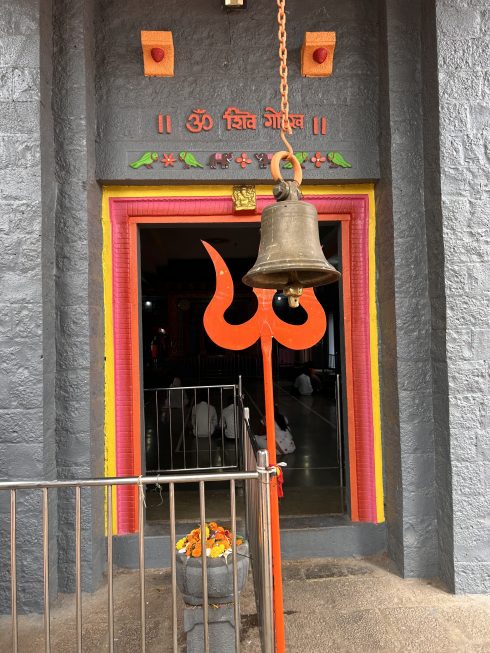
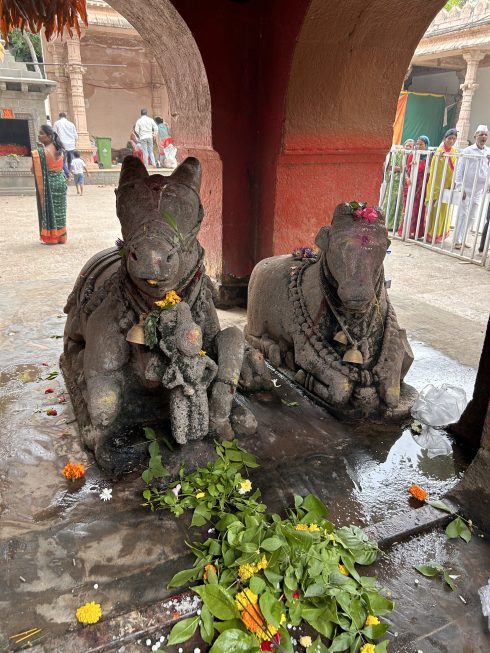
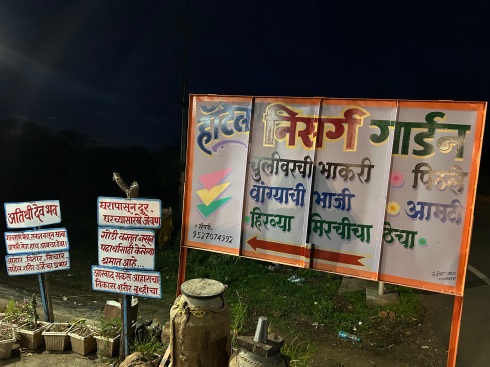
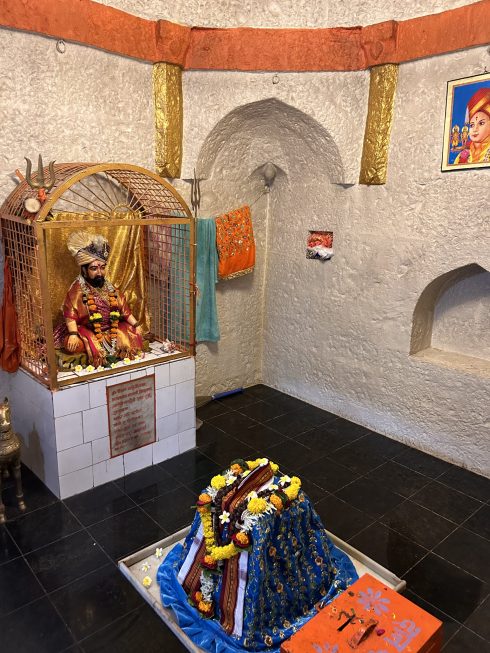
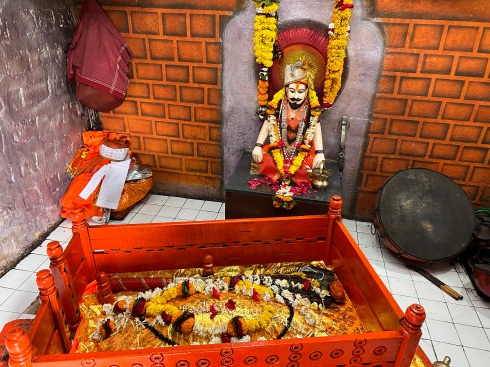
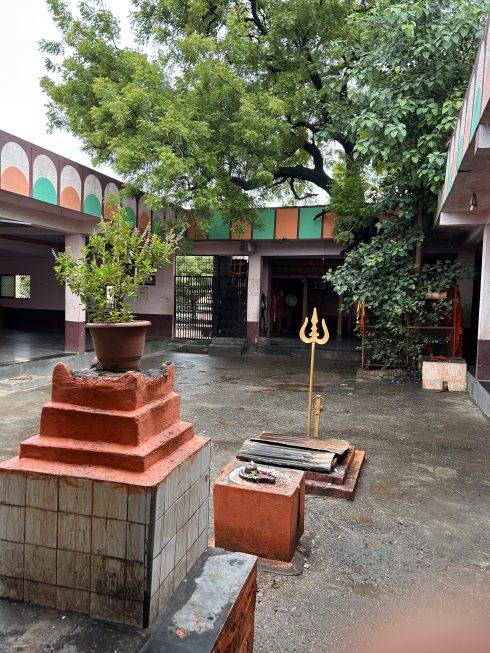
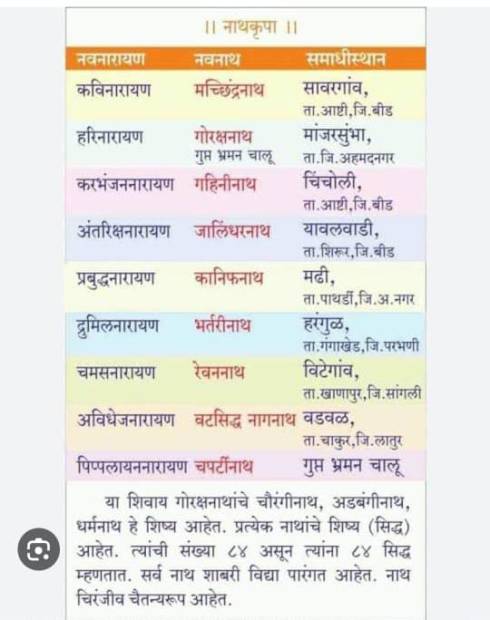
Thanks again for another concise information.
I felt very nice to read it especially because I had almost forgotten about these Navnath samadhis.
I had done the ritualistic reading of the Navnath pothi (as the book is called which describes all the nine gurus and their sadhana and miracles ) around 30 years ago. Frankly I didn’t enjoy reading it at that time and found it very violent and gross. May be if I read it now I may have a different opinion. At that time I had wished to visit few nath places . Now after reading your blog that wish has rekindled.
A small correction, Sant Nivruttinath’s guru is Gahininath and not Jalander nath .
LikeLike
Yes you are right will make the change – at Jalendranath Samadhi the priest me ruined he was the Guru of Nivrutti Maharaj – he seems to be wrong https://www.speakingtree.in/blog/from-nivrutti-to-nivruttinath/m-lite
LikeLike